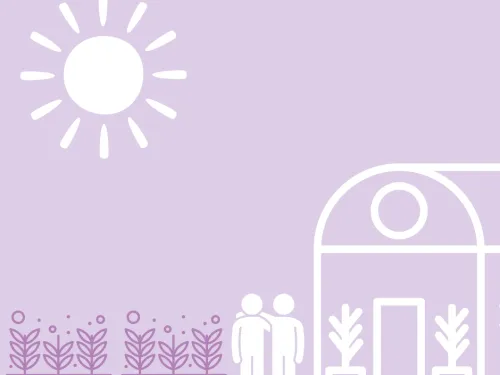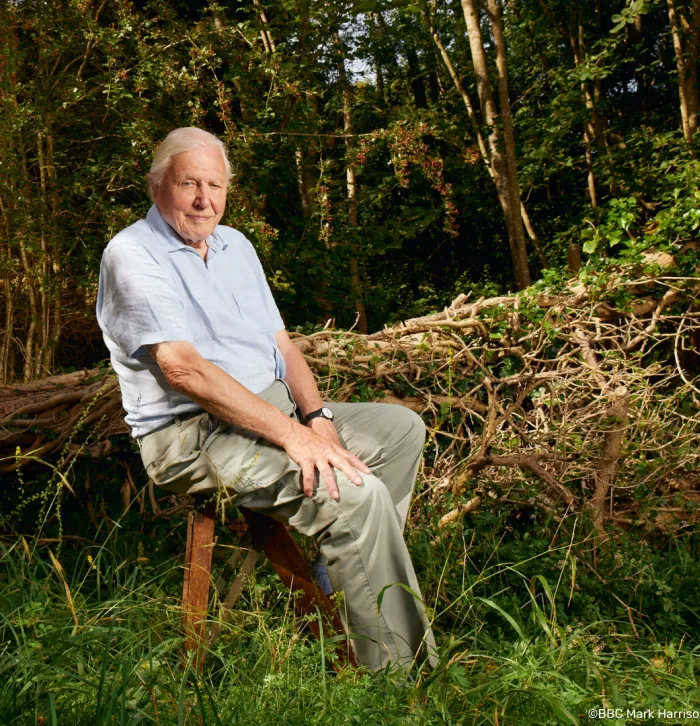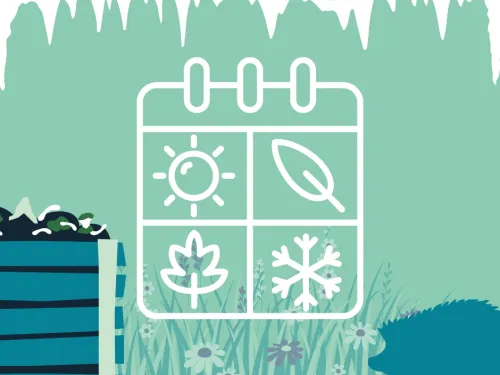
Sustainable food growing
On this page you'll find useful tips on how to grow food in ways that help your community and the biodiversity around it

The best plants for bumblebees! Bees are important pollinating insects, but they are under threat. You can help them by planting bumblebee-friendly flowers.
Bumblebees are vitally important for pollinating hundreds of plant species, including many crops. But they are under threat from the loss and degradation of our habitats due to pressures such as development, agricultural intensification and climate change.
Bumblebees look for certain types of flowers. Those with shorter tongues need short, open flowers, with nectar within easy reach. This includes flowers from the daisy family and alliums, which have a number of small flowers on one stalk. Bumblebees with long tongues can enjoy deeper flowers like honeysuckle.
Having some early and some late flowers in your planting mix will prolong the nectar season for bumblebees
As with any planting for nectar, having some early and late flowers in the mix will prolong the nectar season for bumblebees. Planting them in drifts will help bees recognise them and allows them to visit repeatedly.
Having some early and some late flowers in your planting mix will prolong the nectar season for bumble bees and other pollinators, too. Planting them in drifts will help bees to recognise them easily, allowing them to visit repeatedly.
| Early flowers | Late flowers |
|---|---|
| Aubretia (aubretia) | Buddleia (buddleia davidii) |
| Dandelion (taraxacum) | Ceanothus (ceonothus) |
| English bluebells (hyancynthiodes non-scripta) | Cone flower (echinacea) |
| Flowering currant (ribes sanguinium) | Goldenrod (solidago candensis) |
| Forget-me-not (myosotis arvensis) | Ivy (hedera helix) |
| Hazel (corylus avellana) | Lavender (lavandula) |
| Primrose (primula vulgaris) | Michaelmas daisies (aster) |
| Pussy willow (alix caprea) | Red valerian (centranthus rubra) |
| Wallflower (Erysimum cheiri) | Sedum (sedum spectabile) |
| White deadnettle (lamium album) |


On this page you'll find useful tips on how to grow food in ways that help your community and the biodiversity around it

In this page you'll find an array of information to how to best help wildlife over the changing seasons each year

On this page you'll find exciting information on getting involved with citizen science project in your own home and community

On this page you'll find useful information on how to take environmental action from home and in your community

On this page you'll find useful information on how to reach out to others about nature & the environment

On this page you'll find excellent tips on how to shop sustainably and be mindful of what you're eating